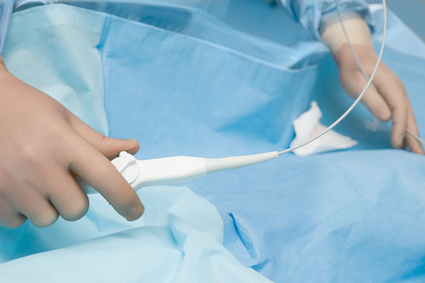Original title: 5 Years Experience With Trancatheter Tranaspical Mitral Valve –in Valve Implantation for Bioprosthetic Valve Dysfunction Reference: Anson Cheung et al. J Am Coll Cardiol 2013;61:1759–66.
Percutaneous valves development, first aortic and now mitral, has brought an opportunity to improve life quality and extend life for high risk non-surgical patients. 23 patients received transapical implantation in mitral position into a degenerated bioprosthesis. All patients were considered high risk for surgical valve replacement (functional class III/IV) contraindicated procedure. Cause of failure was stenosis in 7 patients, regurgitation in 9 and both in 7; there were no cases of paravalvular regurgitation.
1 patient received a Cribier-Edwards, 12 received SAPIEN and other 12 received SAPIEN XT; implantation was successful in all cases. Only one patient required post-dilation. Aortic valves were replaced in two patients. Procedural and clinical outcomes were analyzed. At 30 days there were not deaths, 6 presented major bleeding (there was no cardiac tamponade or reoperation), 2 presented renal insufficiency, one required dialysis and one a definite pacemaker. At discharge, most patients were prescribed only one antiplatelet drug.
Medium term follow up was 753 days (276-1119) and survival rate (Kaplan-Meier) was 90.4%. IN this period, only one patient presented a bioprosthesis migration that required intervention. All patients, except for one, presented a significant improvement of their functional class. There was no structural damage or regurgitation aggravation. ECG monitoring detected one thrombus in one patient that was resolved with anticoagulant therapy.
Conclusion:
Transapical percutaneous mitral valve-in-valve implantation for dysfunctional bioprosthesis can be performed with minimum morbidity and low surgical mortality. Clinical and hemodynamic evolution was favorable at short and medium term.
Commentary:
This study shows us that it is possible to improve these patients’ evolution and that this is a safe and effective procedure with benefits in the medium term. It encourages high expectations for the development of advanced valves especially designed for the mitral position.
Courtesy of Dr.Carlos Fava.
Interventional Cardiologist
Favaloro Foundation.
Dr. Carlos Fava para SOLACI.ORG




